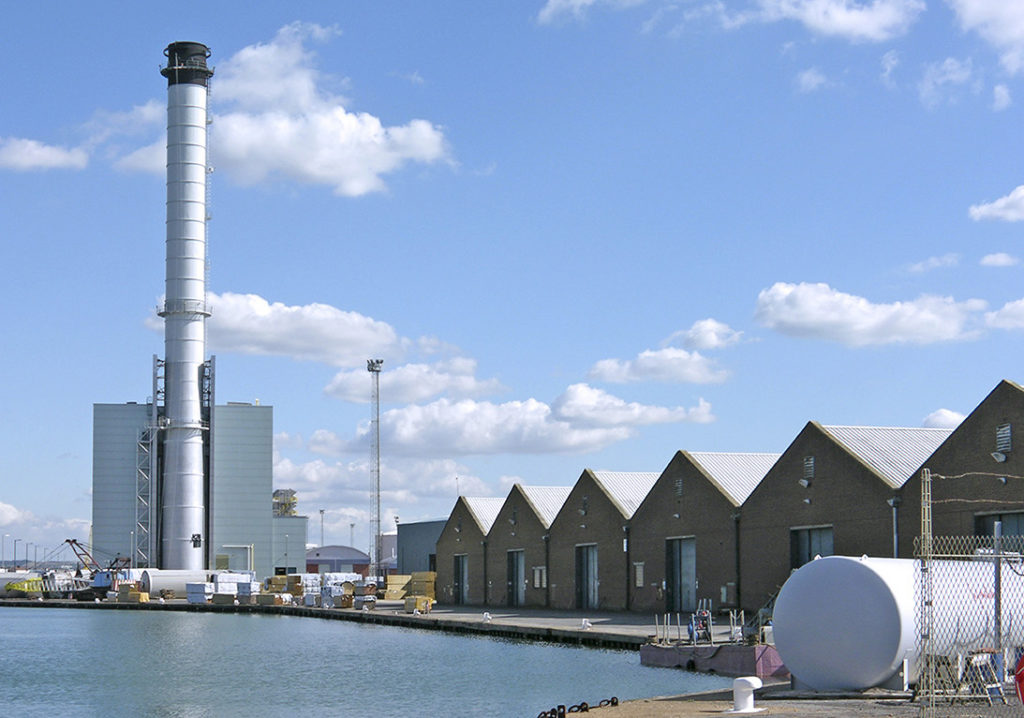River Adur Smell – Historic or Current Industrial Practices?

There has been much debate on whether the sewage-like smell around the mouth of the River Adur is caused by current industrial practices or that of the former Brighton and Hove Gas Works.
In addition to the odour, there have been reports of black oily globules along the water line and thin films of oil upon the surface of the water [1].
This has sparked a demand for answers from the local community, specifically amongst swimmers, anglers, kite and windsurfers. One swimmer in particular reported swimming through an oil slick as far down as the western Hove Lawns.

The Brighton and Hove Gas Works were developed along the eastern end of the Shoreham Port in c.1870 [2] (figure 1). The remains of this works currently lie below ground and have been identified as a strong contender for the origin of the oil seepage by officials at Shoreham Port [3]. A chemical analysis carried out on the oil has identified it as a potential product of the coal gas production process [3].

Figure 1. Brighton and Hove Gas Works c.1898.
Further investigations carried out by officials at Shoreham Port have been predominantly directed towards the former gasworks. They have included a Conceptual Site Model (CSM), used to identify potential pathways for oil to seep from the historic works to the foreshore [3]. Using this model may help determine what remedial measures can be actioned in order to alleviate the current issues.

Figure 2. Shoreham Power Station c.2015.
Approximately 750m to the west of the former gasworks lies the current Shoreham Power Station, which was opened in c.2002 by Scottish Power (figure 2). The power station uses a gas turbine along with a steam turbine and generator, representing one of the more efficient forms of thermal electricity generation [4]. Students at the University of Sussex have also suggested that it’s ‘probably the most environmentally-friendly fossil-fuel power station in the UK’ [4].
Water quality testing undertaken by the local council prior to the appearance of foul odours coming from the River have indicated the safe nature of the water flowing down the Adur [3], so what has changed recently that has released these foul smells? As of the 24th July, Adur and Worthing Councils announced that research is still being carried out to determine and resolve the issue [5].
Download the Case Study
References
- http://www.theargus.co.uk/news/13497269.Environment_Agency_investigates_pungent_smell_and_potential_oil_spill_in_sea_and_river/
- http://www.british-history.ac.uk/vch/sussex/vol6/pt1/pp154-164
- http://www.shoreham-port.co.uk/Oil-Seepage-on-Portslade-Beach
- http://www.scottishpower.com/pages/shoreham_power_station.asp
- https://adurworthingbulletintest.wordpress.com/2015/07/24/river-adur/
Date:
Nov 10, 2015
Author:
Groundsure

